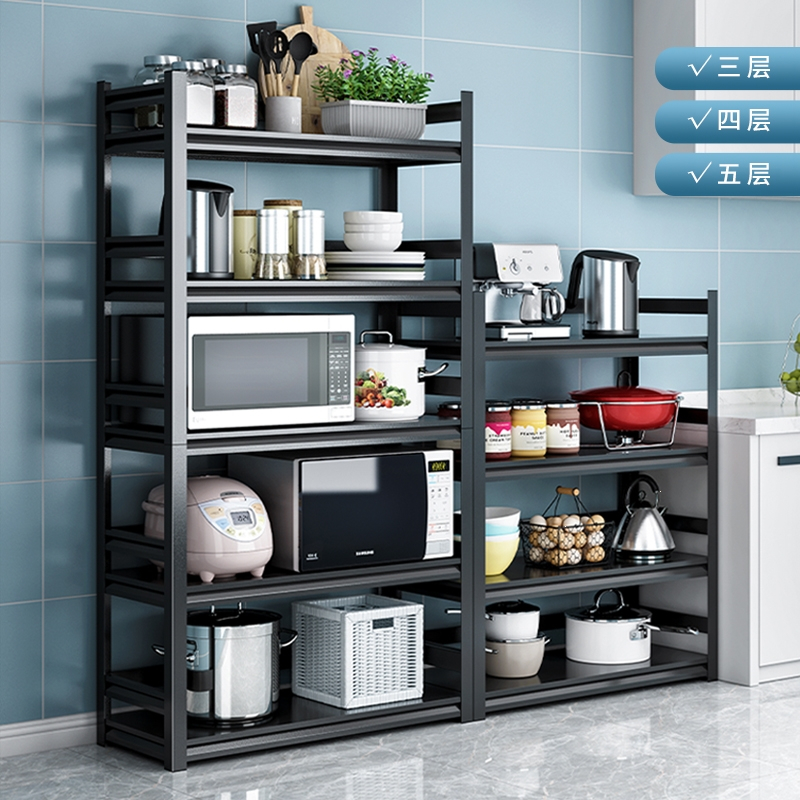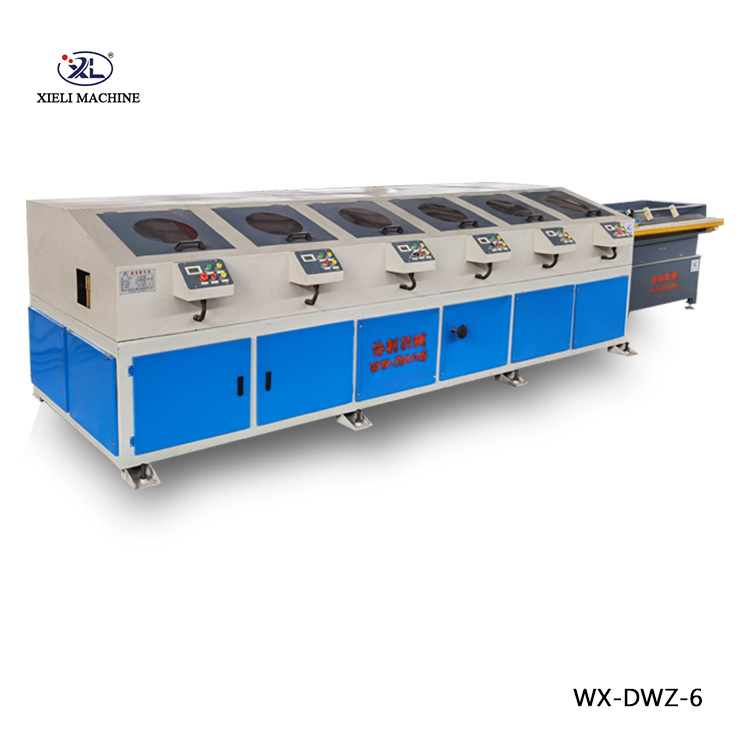Safety Guidelines for Custom Centerless Grinder Operations
In the manufacturing and metalworking industries, centerless grinding plays a crucial role in producing precision cylindrical components. However, operating a custom centerless grinder involves inherent risks, and ensuring safety is paramount for operators and maintenance personnel. This article outlines essential safety guidelines to foster a safe working environment during centerless grinding operations.
1. Understanding the Equipment
Before operating a centerless grinder, it is vital for personnel to thoroughly understand the machine's operation and components. This includes familiarizing themselves with parts such as the grinding wheel, regulating wheel, work rest, and the coolant system. Proper training on equipment use and maintenance is essential to mitigate hazards related to machine failure.
2. Personal Protective Equipment (PPE)
Wearing appropriate personal protective equipment is a fundamental aspect of safety in any machining environment. Operators should don the following PPE before starting work on a centerless grinder
- Safety Glasses Protect eyes from flying debris or grinding particles. - Face Shield Provides additional protection for the face against sparks and material. - Ear Protection Centerless grinders can be loud; using earplugs or earmuffs can help reduce exposure to noise. - Cut-Resistant Gloves These should be worn when handling parts but removed during grinding to avoid entrapment. - Steel-Toed Boots Protect feet from heavy objects and accidental drops.
3. Pre-Operational Checks
Conducting pre-operational checks is an essential safety step
. Operators should inspect the grinder for the following- Condition of Grinding Wheels Ensure wheels are free of cracks and properly installed. - Tightness of All Fasteners Loose components can lead to machine malfunctions and accidents. - Coolant Levels Adequate coolant is necessary to prevent overheating and maintain optimum grinding performance. - Electrical Connections Inspect for any frayed wires or faulty connections to minimize electrical hazards.
4. Safe Operating Procedures
custom centerless grinder safety

Operators must adhere to safe operating procedures while utilizing the custom centerless grinder. Key guidelines include
- Standardized Operating Procedures (SOPs) Follow established SOPs to ensure consistency and safety in operations. - Avoid Distractions Focus on the grinding process and avoid multitasking, as distractions can lead to accidents. - Use Correct Settings Adjust the machine settings according to the job specifications. Improper settings may cause excessive wear or dangerous conditions. - Never Override Safety Features Most centerless grinders are equipped with guards and safety devices. Disabling these features can increase the risk of injuries.
5. Maintaining a Clean Work Environment
A clean and organized work area is critical for safety. Operators should ensure that
- Workspaces are Free of Clutter Avoid slipping hazards created by debris or tools. - Properly Dispose of Waste Use designated containers for metal shavings, coolant, and other materials to prevent environmental hazards. - Keep Emergency Exits Clear Ensure pathways to exits and emergency equipment are unblocked at all times.
6. Emergency Procedures
In case of accidents or emergencies, operators and personnel should be familiar with proper response procedures. This includes
- Immediate Reporting Inform supervisors or safety personnel about any incidents. - Access to First Aid Kits and Emergency Contacts Ensure that first aid kits are readily available and that personnel know how to contact emergency services.
Conclusion
Safety in the operation of custom centerless grinders is a collective responsibility that demands attention and diligence. By following these guidelines, operators can help prevent accidents, protect themselves and their colleagues, and ensure a smooth workflow in the manufacturing process. Proper training, adherence to safety protocols, and a commitment to maintaining a safe environment are essential in promoting a culture of safety in the workplace.





